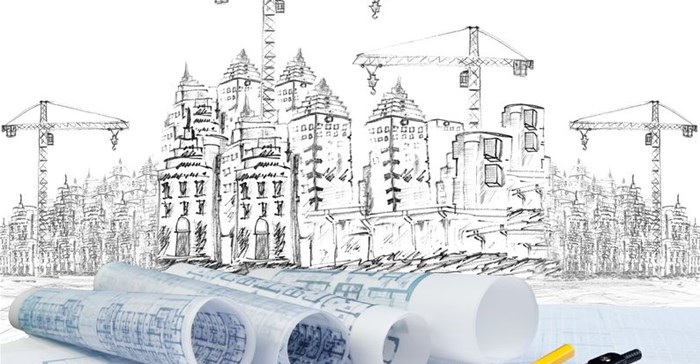






There is also a great need in SA and other developing countries for affordable social housing. In 2007, the United Nations human settlements programme UNHabitat estimated that by 2030, the number of slum dwellers worldwide would have doubled.
That means 3-billion people around the world - 40% of the world population - require adequate housing. This confirms the building sector has a central, leading role to play in global long-term sustainability.
The building industry is responsible for nearly 40% of global energy consumption and 38% of greenhouse gas emissions, and that has been the focus of the industry's improvements.
We are fast becoming aware of the water crisis. Drought conditions are predicted to persist for seven to 30 years in SA. According to a report by UN's Environment Programme for Sustainable Buildings and Climate Initiatives, the building industry accounts for 12% of potable water consumption. Drinking water is hardly necessary for construction - the UN estimates a 40% reduction in water use is possible.
The aim of the industry should be to reduce the amount of water required for construction to a minimum, and eliminate industrial liquid discharge.
The technology exists to make great water savings. It has been successfully done.
A recent project in Brazil, Minha casa, minha vida ("My house, my life"), which provides an example from which the industry can learn, involves an innovative dry-construction system that uses no water on site.
The first development was in Ponta Grossa, Parana state, in 2012. It was constructed simply and innovatively as a system.
This was the first time anyone in Brazil had used this dry-construction method for low-cost housing, and it has subsequently been used for a number of other projects in Brazil including schools and medium-sized buildings.
Its advantages include competitive cost and that construction takes about 75% less time for a house. It is also a much neater solution, limiting waste and making for cleaner, and considerably safer work sites than traditional building methods.
Dry-construction is efficient and easy to manufacture, easy to maintain, and has sound environmental credentials. It also offers improved thermal and acoustic comfort. Brazil has strict certification requirements for its low-cost housing, and the system underwent rigorous testing and passed all the certification requirements, so there is no question about its quality.
Solutions cannot be imported wholesale from one market and cultural context to another and be expected to work. Local and regional considerations are important, and SA should devise its own unique solutions.
It will require the building industry to make radical changes in the materials it favours and in the skills it requires.
But already, the industry has made massive strides in efficiency and sustainability, and potential water saving represents another significant opportunity. The broader social, economic and environmental ripple effect could be enormous, and is easily within reach. The technology exists. The need is urgent, and the solutions are available. All it takes is a little innovation.
Source: Business Day

For more than two decades, I-Net Bridge has been one of South Africa’s preferred electronic providers of innovative solutions, data of the highest calibre, reliable platforms and excellent supporting systems. Our products include workstations, web applications and data feeds packaged with in-depth news and powerful analytical tools empowering clients to make meaningful decisions.
We pride ourselves on our wide variety of in-house skills, encompassing multiple platforms and applications. These skills enable us to not only function as a first class facility, but also design, implement and support all our client needs at a level that confirms I-Net Bridge a leader in its field.
Go to: http://www.inet.co.za